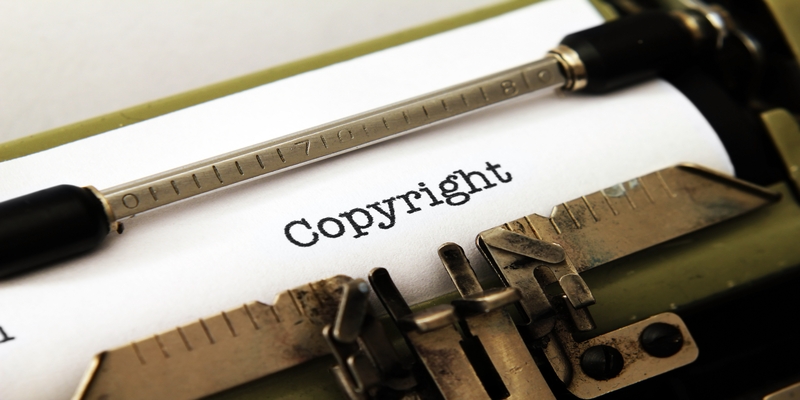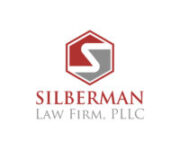
In today's digital age, the line between content creation and content sharing has become increasingly blurred. With the ease of access to a vast range of materials online, questions surrounding copyright infringement and the principle of fair use have never been more pertinent. This blog post aims to provide a brief overview of these topics to shed some light on their implications for creators, consumers, and businesses alike.
What is Copyright?
Copyright is a legal protection granted to the original creators of works of authorship, ranging from literary pieces to music, films, photographs, and even software. Once a work is copyrighted, the creator has exclusive rights to reproduce, distribute, perform, display, or license their work. Others cannot perform these actions without the copyright holder's permission. These protections are outlined in the U.S. Copyright Act, contained in Title 17 of the U.S. Code.
Duration of Copyright
In the U.S., the duration of copyright protection varies. For works created by individual authors, the protection lasts for the author's life plus 70 years. For works created for hire, anonymous, or pseudonymous works, copyright lasts 95 years from the date of publication or 120 years from the date of creation, whichever is shorter (U.S. Copyright Act, 17 U.S.C. § 302).
What is Fair Use?
Fair use is a legal doctrine in the U.S. that allows limited use of copyrighted material without acquiring permission from the rights holders. While it acts as a defense against infringement claims, it's not an inherent right. This means if someone is sued for copyright infringement, they can assert fair use as a defense in court (U.S. Copyright Act, 17 U.S.C. § 107).
When determining whether a use of copyrighted material qualifies as fair use, courts consider the following four factors, as outlined in the U.S. Copyright Act:
1. Purpose and character of the use: Non-profit, educational uses are more likely to be deemed fair than commercial uses. Transformative uses (where the work is used to create something new) are also favored.
2. Nature of the copyrighted work: Factual and non-fiction works are more amenable to fair use, whereas creative or unpublished works receive more protection.
3. Amount and substantiality: Using smaller portions of a work is more likely to be considered fair use than using large portions. However, even a small portion can be "substantial" if it's the essence of the work.
4. Effect on the market: If the use harms the market or potential market for the copyrighted work, it's less likely to be deemed fair use (U.S. Copyright Act, 17 U.S.C. § 107).
Common Misconceptions
"If it's on the internet, it's public domain." Just because something is publicly accessible doesn't mean it's in the public domain.
"Giving credit avoids infringement." While giving credit is commendable, it doesn't negate the need for permission.
"Non-profit means it's always fair use." Although non-profit uses are favored in fair use evaluations, they're not automatically considered fair use.
Copyright laws are designed to protect the rights of content creators, while fair use aims to balance those rights with the public's interest in the broader distribution and generation of creative works. By understanding the nuances of both, individuals and businesses can ensure they remain on the right side of the law while benefiting from the rich tapestry of content that the digital age offers. Lawyers experienced in these areas can help you navigate the complexities.
All information provided on Silblawfirm.com (hereinafter "website") is provided for informational purposes only, and is not intended to be used for legal advice. Users of this website should not take any actions or refrain from taking any actions based upon content or information on this website. Users of this site should contact a licensed Texas attorney for a full and complete review of their legal issues.
